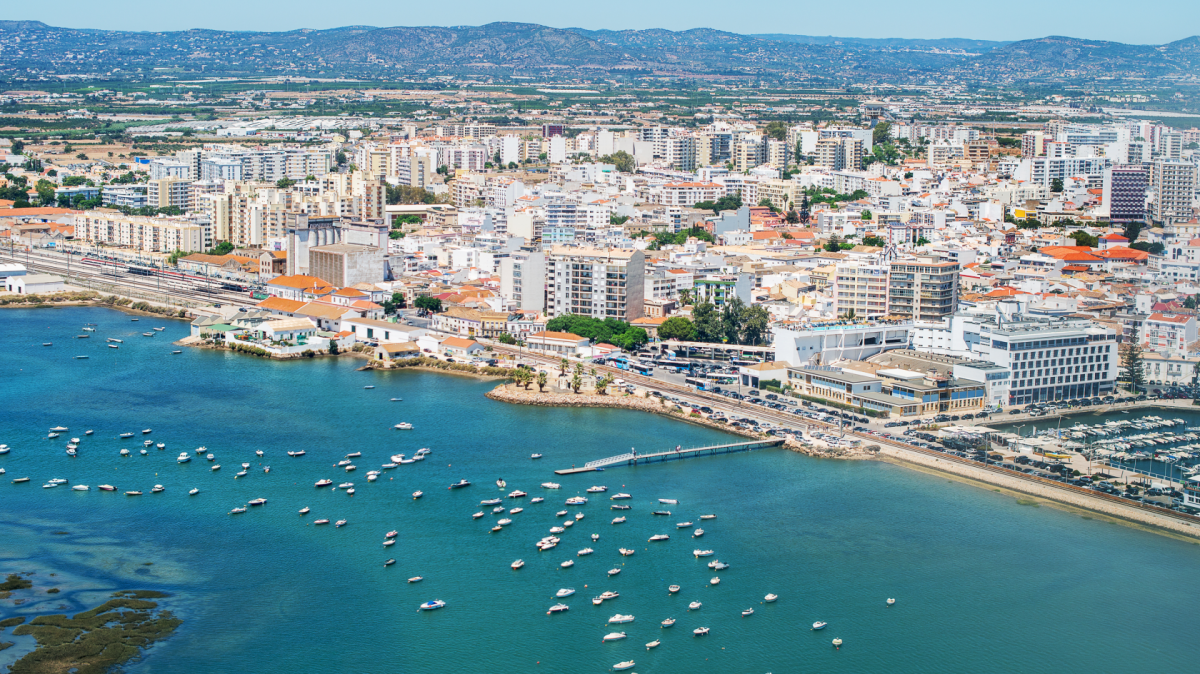With the high tourist season approaching, the latest data on employment, salaries and the structure of the hotel sector gain special relevance to understand the challenges that companies and workers face in the summer months. Thus, Randstad Research has just released an overview of the labour market in the hospitality sector, based on data from the INE, Social Security and Eurostat.
The average remuneration in the hospitality sector reached 1,198 euros in December 2024, reflecting an annual growth of 6.9% and a monthly increase of 7.4%. This development is associated with the sector's efforts to attract and retain professionals in a context of labour shortages, high seasonality, and housing pressure in highly touristic regions.
Despite the positive trend, salaries vary significantly according to the type of establishment and the role performed. Analysing the employment structure in the sector, we find a predominance of qualified (38.9%) and semi-qualified (24.0%) professionals, reflecting the need for specialisation in the sector.
The number of companies in the sector shows distinct developments. While the accommodation activity has been growing significantly since 2014, driven by the expansion of tourism and the supply of local accommodation (although with a slight negative impact in 2020 due to the pandemic), the restaurant industry, on the other hand, remained stable. Even so, in 2023, the number of restaurant companies was considerably higher than that of accommodation companies.
For Isabel Roseiro, Marketing Director at Randstad, “the increase in remuneration is a sign that the sector is trying to respond to the labour shortage, but the data shows that salary appreciation is not enough to solve the structural challenges. Contractual instability, housing pressure and seasonality continue to limit the ability to retain talent. It is essential to think of more integrated and regional solutions to ensure the sustainability of the hotel industry in the long term.”
Two different realities
The hospitality sector employed 316.7 thousand people in the first quarter of 2025, representing 6.1% of total national jobs. However, this figure represents a slight drop of 4.1% compared to the end of 2024, illustrating the cyclical instability of the sector.
The two main activities in this sector show different dynamics. Within the hotel, restaurant and similar sector (including restaurants, cafes, bars, canteens and catering) employs 238.4 thousand people, equivalent to 72.2% of the sector's total. This area registered an 8% growth in the last quarter of 2024, supporting the aggregate performance of the hotel industry.
The accommodation activity (such as hotels, tourist apartments and guest houses) employs 92 thousand people, which corresponds to 27.8%, but faced a decrease of 4.8% in the same period, signalling greater vulnerability to fluctuations in tourism.
In February 2025, the hotel industry represented 12.4% of the total unemployed registered at the Employment Centers, with 38,574 people registered. This figure represents a decrease of 5.2% compared to the previous month, but an increase of 9.9% compared to February 2024, revealing a trend of job turnover and fragile employment relationships.
Regional differences
Regionally, the imbalances are notable: In the Algarve, the hotel industry accounts for 50% of the region's total unemployment, reflecting the local economy's strong dependence on tourism and seasonality.
In the autonomous regions, the sector also has a considerable relative weight in unemployment: 17% in Madeira (1,039 people) and 15.2% in the Azores (677 people).
The regions with the highest absolute volume of employment are Lisbon and the North.
The demographic structure of employment in the sector is marked by female predominance, with 58% of women employed (183 thousand people) and (58%) and 42% of men (134 thousand individuals), which contrasts with the near parity of employment at a national level.














